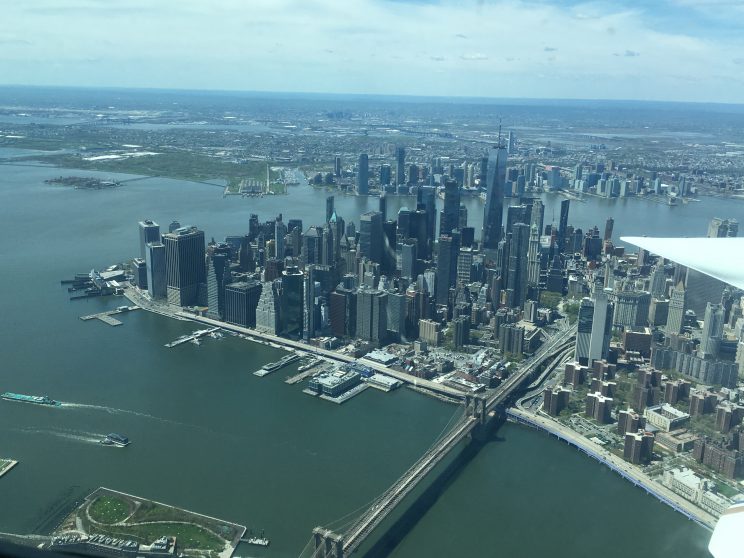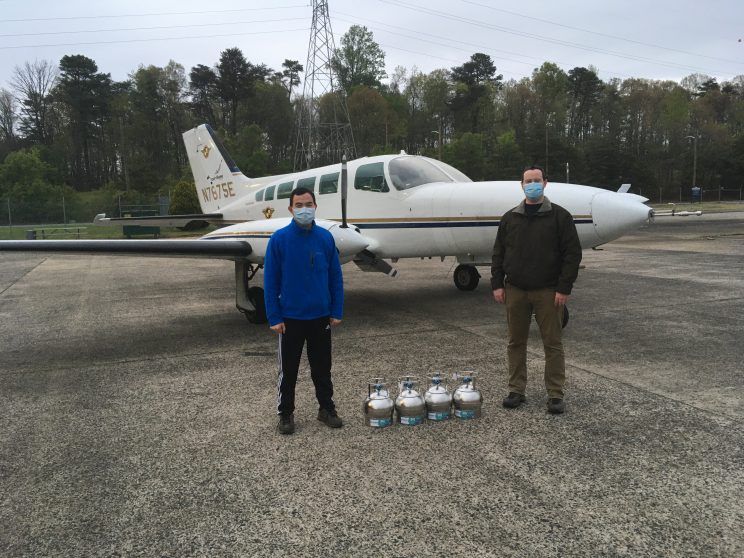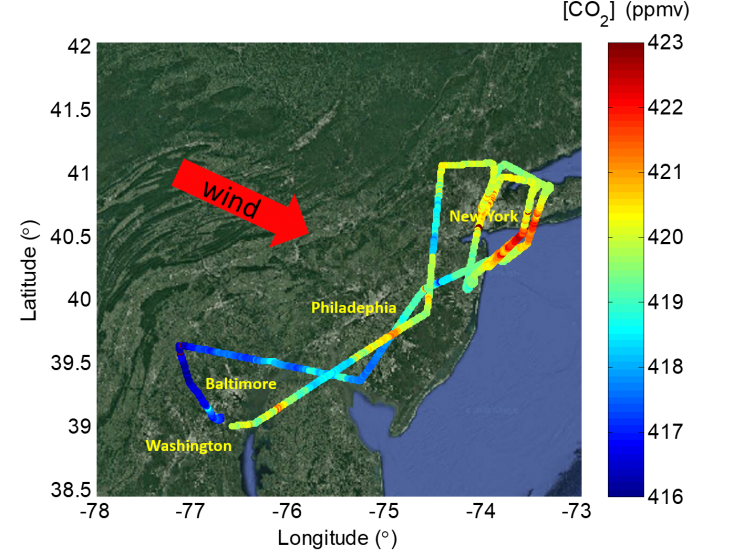ARL Weekly News – May 1, 2020
| Recent Events |
Research flights: In collaboration with University of Maryland (UMD), NOAA’s Earth System Research Laboratory (ESRL), Purdue University, and Stony Brook University, ARL is supporting and involved in the East Coast Outflow – COVID (ECO-COVID) field study. Three instrumented airplanes were involved in this study, including UMD/ARL’s Cessna, Purdue’s Duchess and ESRL/Scientific Aviation’s Mooney. The flights cover Washington, Baltimore, Philadelphia, New York, Providence and Boston, with instruments measuring levels of carbon dioxide, methane, carbon monoxide, and other air pollutants upwind and downwind of urban areas. The study aims to characterize the emissions of greenhouse gases and air pollutants from these urban areas and to assess the impact of the COVID-19 crisis on the urban emissions. The results from this study will be used to evaluate emission inventories and coupled with an inverse model to better estimate urban emissions of greenhouse gas and air pollutants.
| Publications |
A manuscript entitled “Diversity and equality in honours and awards programs – steps towards a fair representation of membership,” on which Dr. LaToya Myles is second author, was accepted for publication in a special issue of Advances in Geosciences.
Abstract: Honours and awards bestowed by professional societies recognize and reward members who have advanced the goals and values of that society. All too often, however, awards reflect a small network of people who know about the awards and participate in the process. This network works wonderfully for the people lucky enough to be in it, but typically neglects the full range and breadth of scholarship and service within the society. We represent a combined 15+ years’ experience on the honours’ committee for a large professional society (the American Geophysical Union) and here offer strategies to increase the representation of honourees. Women represented less than 20% of awardees when we first became committee members in 2008; women represented 50% of awardees in 2019. There is still much to do to ensure that members from other typically underrepresented groups (non-US members, members from underrepresented races/ethnicities) are truly represented and honoured for outstanding science and service. We recommend forming canvassing committees that will scour the literature, conferences, and membership lists for appropriate and otherwise overlooked nominees; providing implicit bias training to selection committees; and ensuring selection committees focus on the criteria for the award rather than non-pertinent, often personal, information, as well as additional strategies that allow us to recognize our worthy colleagues.
Citation: Holmes, M.A., Myles, L., and Schneider, B. 2020. Diversity and Equality in Honours and Awards Programs: Steps Toward a Fair Representation of Membership. Advances in Geosciences. In press.




